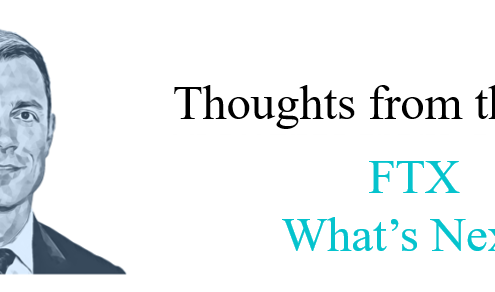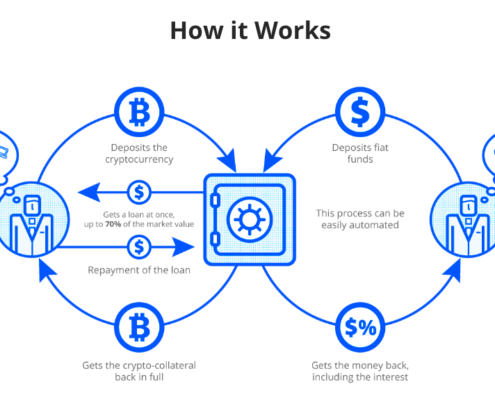 https://idxdigitalassets.com/wp-content/uploads/2022/11/FTX-whats-next.png
292
858
Ben
https://idxdigitalassets.com/wp-content/uploads/2022/08/imageedit_1_3451532283.png
Ben2022-11-14 13:47:202022-11-15 09:49:52FTX Blowup and What it means for Crypto?
https://idxdigitalassets.com/wp-content/uploads/2022/11/FTX-whats-next.png
292
858
Ben
https://idxdigitalassets.com/wp-content/uploads/2022/08/imageedit_1_3451532283.png
Ben2022-11-14 13:47:202022-11-15 09:49:52FTX Blowup and What it means for Crypto?Bitcoin ETFs: What investors need to know about this structure
As rumors have turned into what appears to be reality on the Bitcoin Futures ETF front, we thought it prudent to outline what this structure means for the asset class:
- With Bitcoin Futures ETF’s on the horizon, there are some characteristics that investors should know
- Rolling contracts have costs that can be non-trivial (the annualized roll costs have varied between 6-30% since CME Bitcoin futures began trading).
- The traditional ETF tax advantage that investors and advisors are accustomed to is eliminated because the ‘Redemption-in-Kind’ process is not possible
- The ETF structure has no ability to manage intraday flows in a way to protect existing investors during periods of significant market volatility, which has become synonymous with the asset class
The ETF structure was one of the most important innovations in finance when it was introduced in the 90’s. Investors flock to this wrapper as it has been accompanied by compressed fees, tax advantages and intra-day liquidity. Bitcoin (and blockchain architecture) ushered in a whole new era of innovation that remains in the early innings. As a result, it should come as no surprise that news of these two innovations coming to fruition in the form of a Bitcoin Futures ETF would be met with a lot of excitement. While the ability for investors to get exposure to bitcoin through an ETF would normally inspire the same level of excitement from us…here are a few caveats about Futures based ETF’s that investors and advisors should be aware of:
- Roll costs: As a result of the ETFs holding CME bitcoin futures instead of spot bitcoin, they will have to “roll” contracts (like any other commodity ETF). Unlike stocks or Bitcoin, futures contracts have expiration dates and need to be “rolled” into the next month to avoid obligations of settlements of those contracts. Rolling contracts have costs that can be non-trivial (the annualized roll costs have varied between 6-30% since CME Bitcoin futures began trading). While this disadvantage is not just specific to the ETF wrapper, it is specific to products that provide static, 100% long exposure at all times. One approach to minimizing the realized costs associated with rolling futures contracts is regulating market exposure to bitcoin CME futures over time (i.e. risk-managed exposure that is not 100% long-only).
- Tax implications: Due to the fact that CME Bitcoin futures kick off what is known as “bad income” by IRS standards, the futures contracts must be held within a controlled foreign corporation (CFC) to satisfy Regulated Investment Company (RIC) requirements. The result, however, is that the traditional ETF tax advantage that investors and advisers are accustomed to is eliminated because the ‘Redemption-in-Kind’ process is not possible with the CFC (all gains will be taxed as ordinary income via subpart F income).
- Potential Liquidity Imbalances: This is a potential issue with all ETFs and one that’s become exacerbated in recent years. As ETFs have continued to garner huge passive inflows, it has led them to be forced buyers of the underlying instruments. This has caused other notable ETFs to “front run” themselves, as they cannot be strategic on when capital is put to work. This same effect can happen during periods of large outflows as well. The ETF structure has no ability to manage intraday flows in a way to protect existing investors during periods of significant market volatility, and as we have seen the last decade, there are often periods of significant market volatility. As quants, we have seen these “passive liquidity” distortions in certain equity ETFs cause non-trivial volatility and we expect this to be an issue with bitcoin futures ETFs as well.
- Inability to Limit AUM: While most asset managers might scoff at this as a risk-factor, any prudent asset manager is keenly aware of the available capacity in a strategy. This is no different for passive funds as well…the fact that a fund is only buying an instrument and holding doesn’t mean it’s capable of accommodating unlimited AUM. As active managers working within a mutual fund, we have the ability to respond to risks in market microstructure. We’ve started to see this issue present itself within certain “super-star” ETFs of late and it’s the reason why we always monitor the liquidity and microstructure as it pertains to each of IDX’s investment strategies.
For these reasons, and for the additional consideration of the underlying Bitcoin Volatility, we believe a mutual fund structure serves as a better vehicle to actively manage investor capital in the CME Bitcoin Futures market. The mutual fund structure gives asset managers like IDX much greater control of the management of daily flows, trades, and contract rolls. While a mutual fund might not offer investors intra-day liquidity (like an ETF), that concern should be more than compensated by the fact that managers like IDX are actively managing the exposures within in the mutual fund on behalf of investors (making intra-day liquidity a moot point).
Regardless, the continued institutionalization of bitcoin is ultimately good for investors and, ironically, the potential increase in volatility from bitcoin ETFs is a source of opportunity for our models.
For those who are looking to learn more about Bitcoin, specifically how to talk to clients about the digital asset and it’s potential value in asset allocation models, we put together a high-level guide called “The Fiduciary’s Guide to Bitcoin and Blockchain”. Click on the button to the right to head to access the guide.

 Bitcoin Hits an All-Time-High
Bitcoin Hits an All-Time-High











